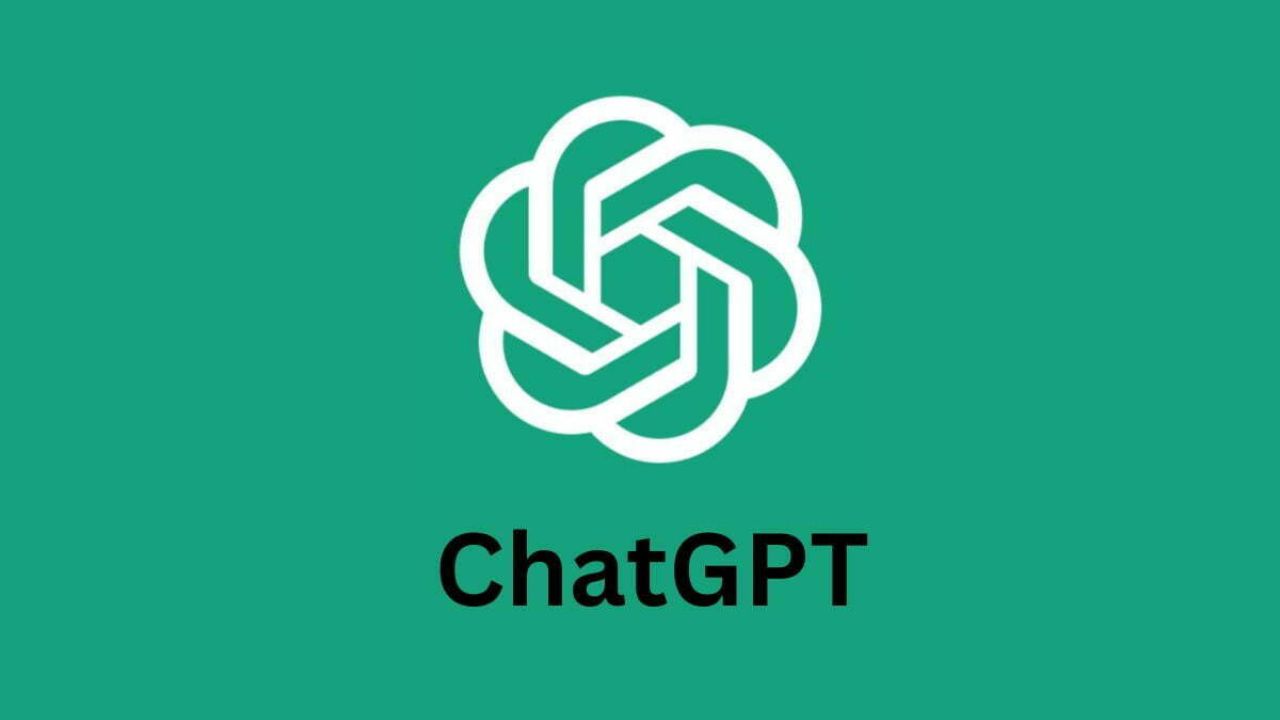
Note: This is a guest post written by Ilya Rosvo – Third-party push notification service providers allow you to reach users of mobile apps, websites, and desktop apps with timely and relevant information. To include push notification capability into your app or website, these providers often provide Application Programming Interfaces (APIs) or Software Development Kits (SDKs). Service providers for push notifications (https://www.nashpush.com/) are in charge of the back-end infrastructure, such as server upkeep, user data management, token distribution, and platform-specific message delivery. They also include dashboard interfaces or APIs that enable you to generate and deliver alerts, manage user opt-ins and preferences, and measure performance data.
It is vital to investigate and choose a provider that meets your individual requirements since many major push notification service providers provide varying features, pricing structures, and degrees of integration support. Instead of worrying about the technical intricacies of sending push notifications, you can concentrate on the user experience and message strategy for your app or website by hiring a push notification service provider.
Push notification service providers: How to find?
Here’s what you can do to find and select a reliable push notification service:
- Identify your requirements. You should first think about what you need from push notifications and why. Think about the platforms you want to develop for, the scope of your app or website, the degree of customization you require, and your available funds.
- Research service providers. Once you know what you want, you may look into several notification service providers to see which ones meet your criteria. Find a service provider that has a solid reputation for dependability, security, and scalability that specializes in the platforms you want to support.
- Check all the details. Analyze the features and functionalities of each service provider, including support for various notification kinds (e.g., text, photos, videos), targeting and segmentation possibilities, personalization and customization options, reporting and analytics, integration choices, and more.
- Verify the costs. Make sure the rates charged by each platform are affordable by comparing their offerings. Some services have a flat monthly fee, while others charge per user, per device, or each notification.
- Take a look at the backing and documentation. Verify that each supplier provides sufficient integration and troubleshooting assistance by reviewing the documentation and support resources supplied by each. Check out potential service providers to see whether they give sufficient documentation, developer tools, and helpful customer service.
- Think about feedback from actual customers. You may learn about the experiences and levels of satisfaction of other consumers with each supplier by reading reviews and testimonials.
- You may try it before you purchase. Finally, before committing to a contract or subscription for an extended period of time, you may want to test out many alternative providers. Before committing to a service, you may want to take advantage of the provider’s free trial period or demo account to try out its features and functionality.
If you follow these methods, you will be able to discover a push notification service provider that not only satisfies your unique requirements but also assists you in efficiently engaging and retaining your users.






